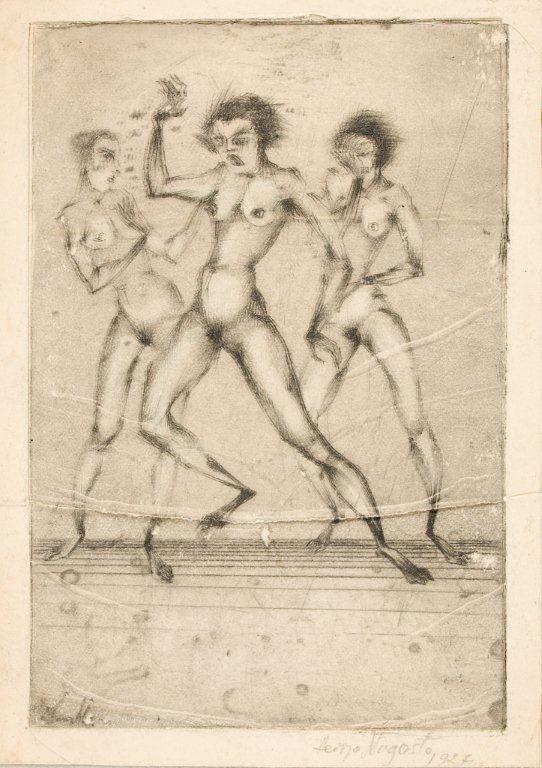Decadence as a kind of spiritual naturalism

On the level of mode of expression and style, these oxymoronic entanglements of youth and age, immaturity and overripeness combine urges toward total spirituality and total physicality. As a result, merciless juxtapositions of high and low style occur, leading to mixtures, ambivalence, and various emotional and affective flows. Tuglas, who (drawing upon J.-K. Huysmans) noticed the deliberateness of such mixtures, designating this phenomenon as “spiritual naturalism”. Using various case studies, in this work-package we will investigate narrative and visual strategies which facilitate such mixtures, and the implications of such paradoxical terms as the aestheticization of Nietzchean-naturalist ugliness, and the pessimism of strength (Pessimismus der Stärke). We are also interested in ambivalent affects and emotions, negative and ugly feelings (melancholy, ecstasy, pessimism, disgust) and symbolic fields of colour, which make the connection between these emotions and decline and disintegration. What kinds of connections between colours, emotions and affects open up when we juxtapose literary and artistic examples? How is this affective background connected with Nietzsche’s treatment of life and subjectivity as a battleground of affects, with the basic hypothesis that the will to power is the basis for upholding affectivity and given that decadence is an unavoidable component of the process as a whole?